Equipping workers with the correct safety gear is essential, but safety managers should also consider what they will do if one or more of their workers becomes injured, incapacitated or trapped when working in a confined space, and must be rescued.
Wearing a full-body harness connected to an anchor, which serves as a lifeline, is required for working in many confined spaces.
To ensure the safety of your workers, you may also consider:
Rescue and descent devices are used to retrieve workers who are experiencing difficulties and must return to a safe location. These devices can either be automatic, user-controlled or controlled by a co-worker and will therefore require various amounts of training to be used safely and effectively. Automatic descent devices usually require much less training than user-controlled systems, but they are also less flexible. It’s therefore important to consider whether the device needs to be intuitive and instantly usable by anyone, or if specific personnel need to be trained to perform rescue tasks in the workplace.
Also, consider the height of rescue or descent needed for the workplace, and the maximum number of people who can use the devices at one time.
Equipment for entry and retrieval: Your confined space rescue gear must be adjustable and adaptable, given that confined spaces come in various shapes and sizes. For confined space rescue, 3M recommends the following:
- For temporary jobs, a good solution may be a lightweight and easy-to-use portable confined space system that can be moved from one location to another, such as a one-piece tripod.
- However, if a location is accessed often, you might consider a more permanent (and versatile) solution instead, such as a multi-piece davit system with a permanently mounted base.
- Consider the equipment’s ease of use: It should allow you to “handle a crisis simply, efficiently and immediately.”
- Your equipment should be strong enough to accommodate different scenarios in your work environment (fall arrest, rescue, etc.)
- Durability is also important: Your equipment’s materials should be “strong enough to endure rough handling and exposure to the elements.”
How are you making sure your employees working in confined spaces are safe? Share your thoughts in the comments below.


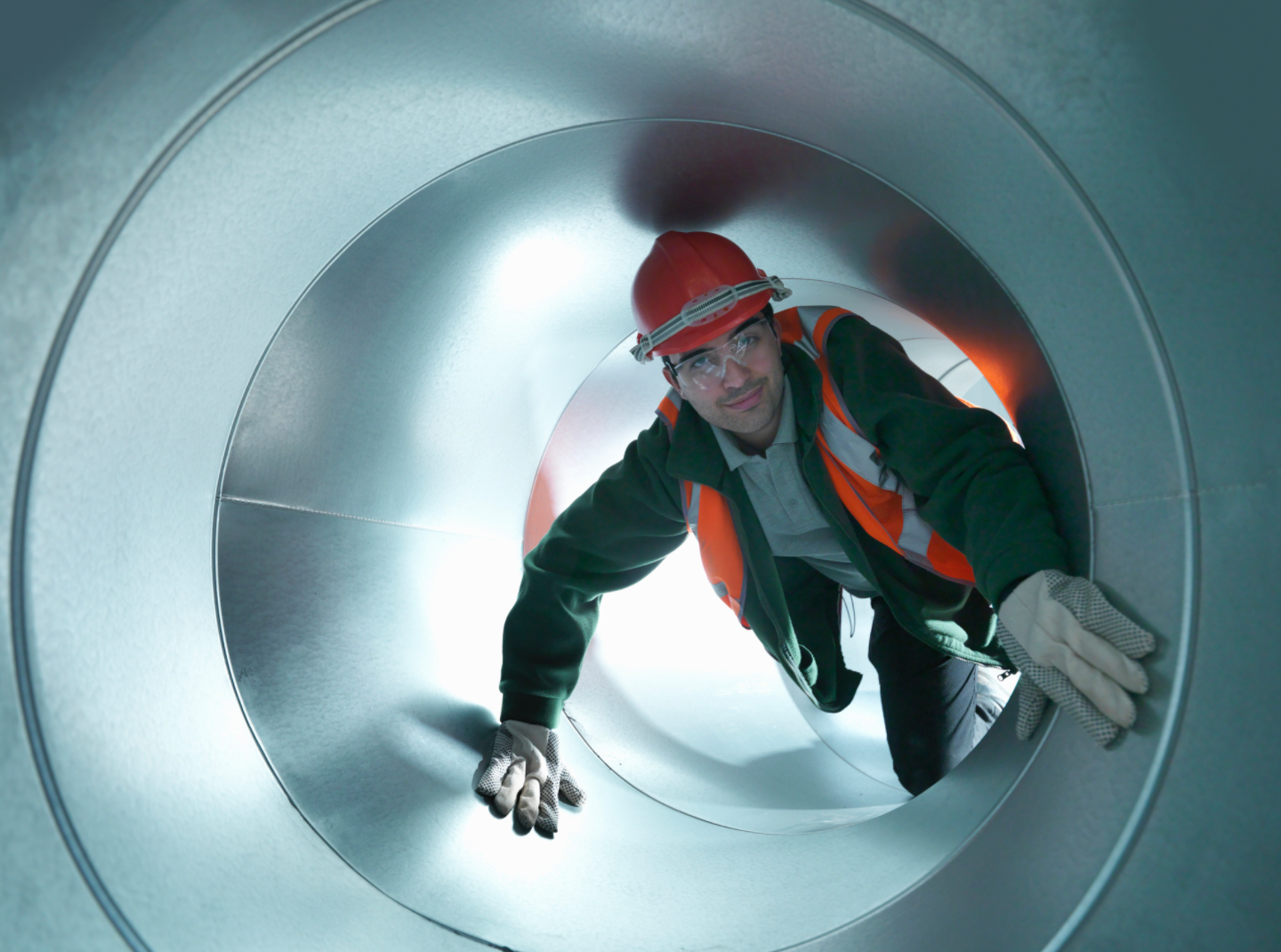
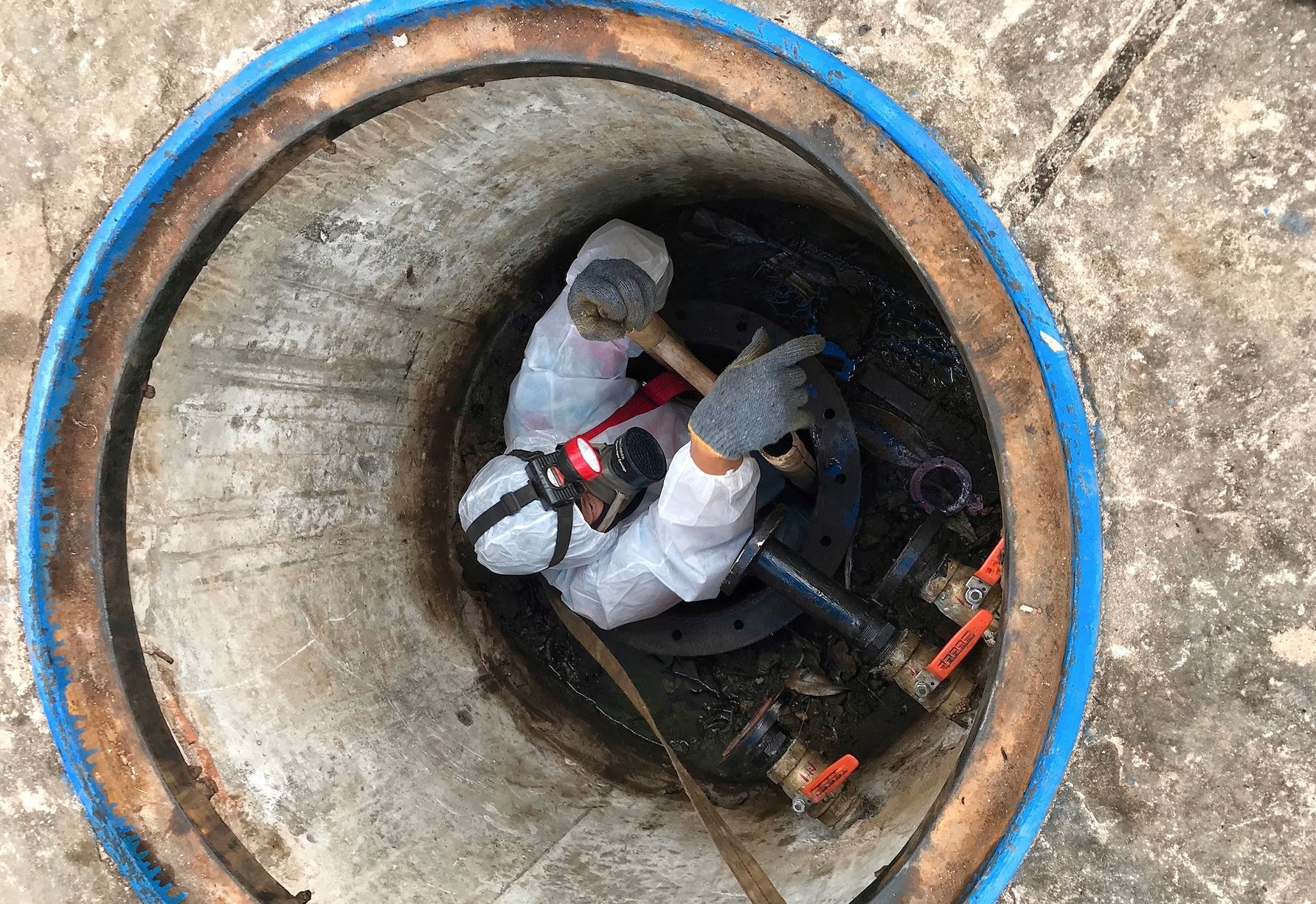
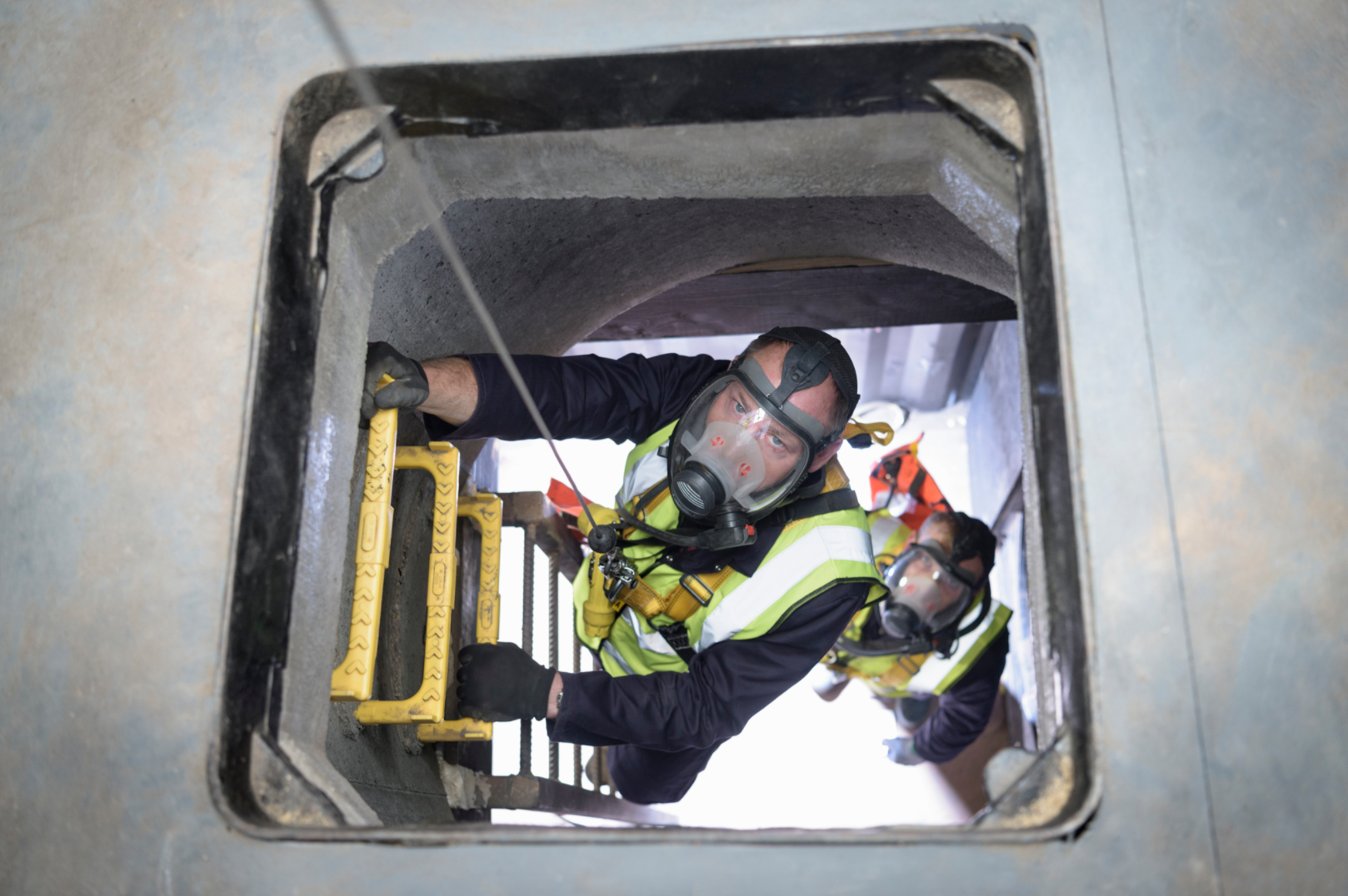
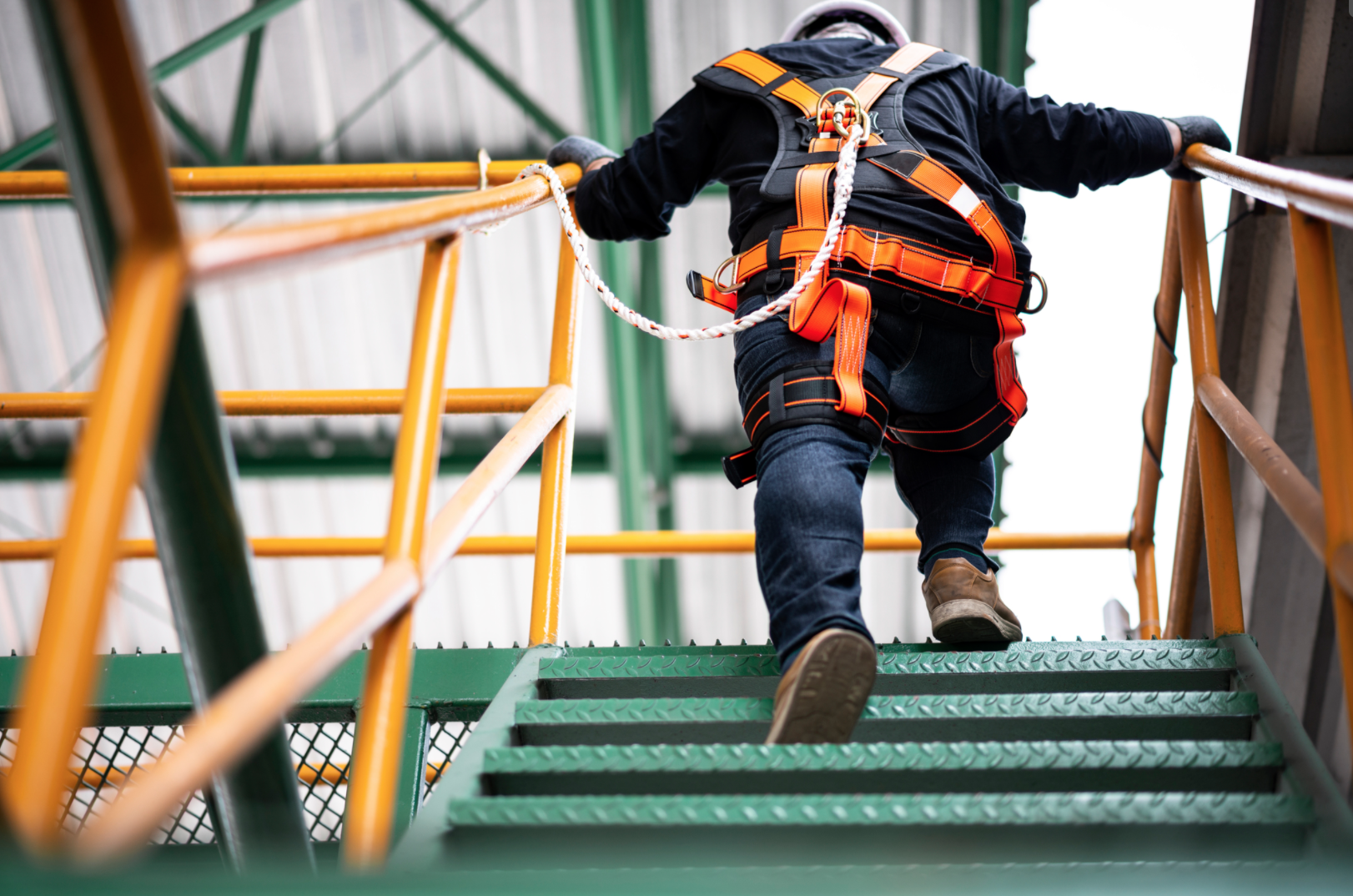
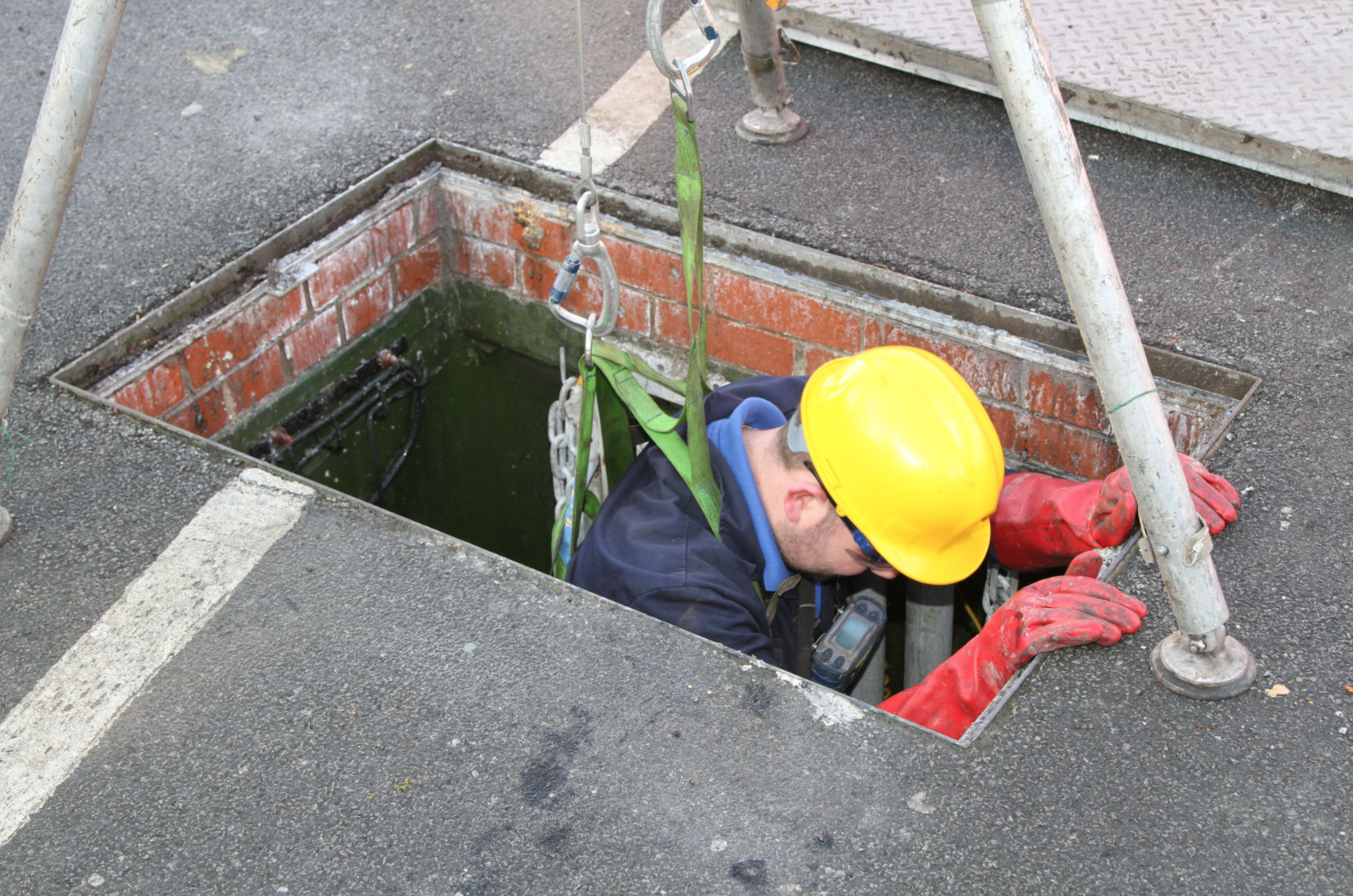

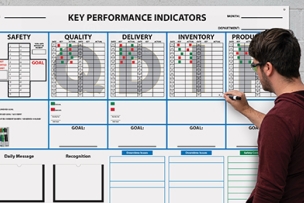
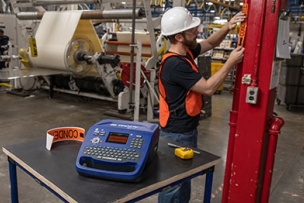
Talk to Us!
We have in the past allowed outside contractors to not wear harnesses when going in our boilers for repairs during the cold mill outage. It is down for weeks for work and because of the tubes and scaffolding, it is an issue to wear it. Is this okay or against OSHA regulations??
31i want buy confinde space entry dress
3Leave a reply
Your email address will not be published. Required fields are marked *